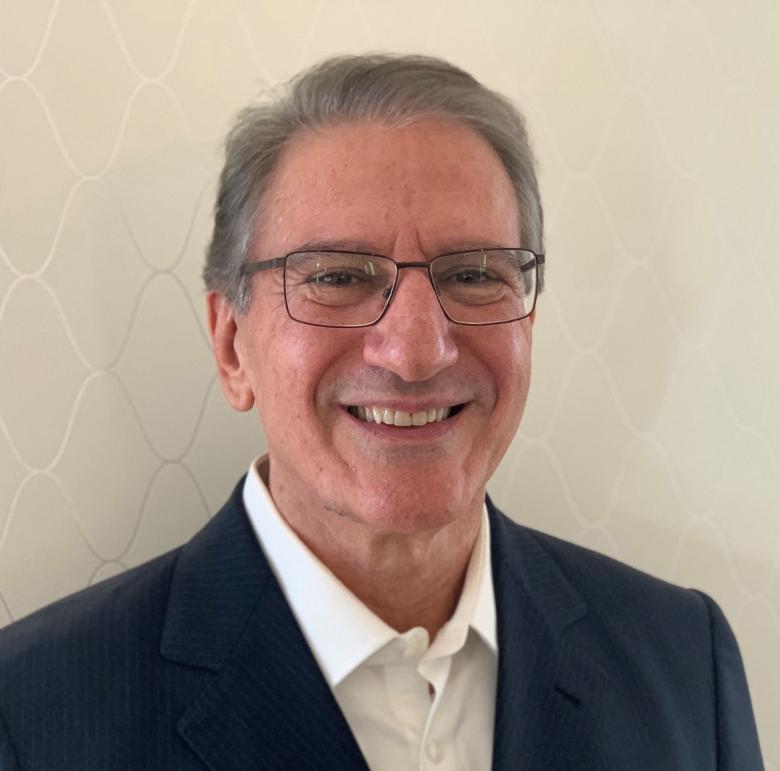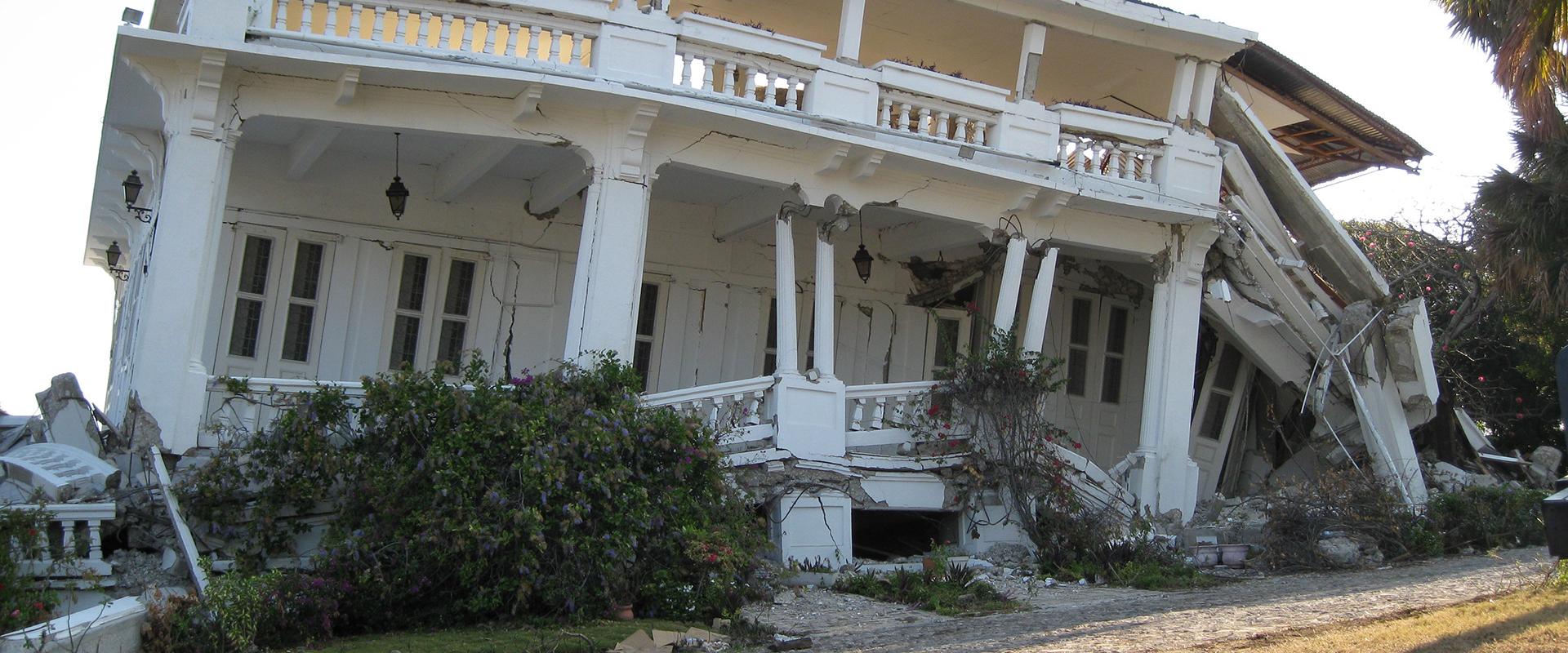
Antonio Queiroz, Vice President of Innovation and Technology - Process Planning, BRASKEM (2021).
© BRASKEM
Interview of Antonio Queiroz, Vice President of Innovation and Technology - Process Planning, Braskem
What happened in the north-eastern region of Brazi that led you to contact BRGM?
Antonio Queiroz : Braskem is the sixth largest petrochemical group in the world. Our various business lines cover the production of polyethylene and polypropylene thermoplastic resins, polyvinyl chloride (PVC) and biopolymers, as well as basic petrochemicals (caustic soda, aromatic intermediates, solvents). In 2002, we acquired a mining site in Maceió in the state of Alagoas (north-eastern Brazil). The mine had been in operation for 27 years and was used to extract the salts needed to produce chlorine and caustic soda.
In March 2018, an earthquake – measuring 2.4 on the Richter scale - occurred near the site. It was of low intensity, but affected a densely populated area, causing an increase in the number of cracks in streets and on houses. Investigations into the phenomenon revealed subsidence and ground movements in the area. We needed to study the possible causes, so we called on BRGM.
How did you organise this collaborative project?
A.Q. : The Brazilian authorities quickly launched a series of studies, and an official report pointed the finger at the mines as the cause of the surface problems. We decided to stop mining immediately, and called in specialists from around the world, including BRGM, along with the universities of Sao Paolo and Rio de Janeiro, as well as Imperial College London and the University of Houston.
Given the nature of the case and the decisions to be made - considering the mines were very deep (1,000 metres) and had certain infrastructure weaknesses - it was important to have analyses conducted by independent players. BRGM has a very good reputation, and its legitimacy in geosciences and the study of anthropic risks is widely acknowledged. The Agency worked on understanding the phenomenon and the geological faults.
What were the results of the studies?
A.Q. : BRGM helped us determine the measures to be taken to make the region safer: in 2020, 9,200 families were moved, and a total of 15,000 will be moved by the end of 2021. We have drawn up plans to close the mine and stabilise the ground movements, while also setting up a surface and deep monitoring system. BRGM drafted a report consolidating the studies of the other partners to facilitate our dialogue with the authorities and the local communities.
We appreciated BRGM’s openness, flexibility and their ability to work seamlessly with the other entities. It was a real partnership. The mine was definitively shut down in 2019, and BRGM helped us fulfil our societal responsibility.







